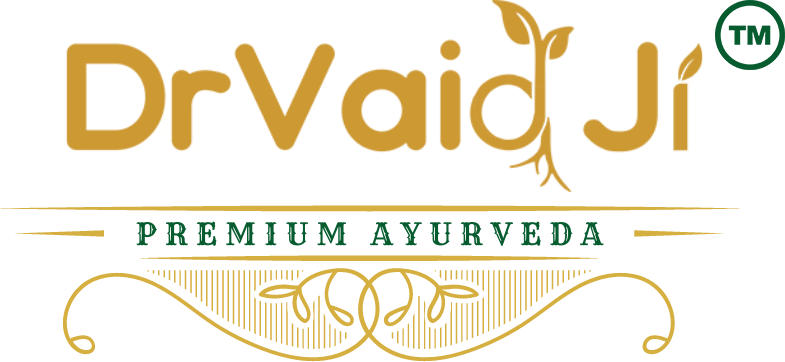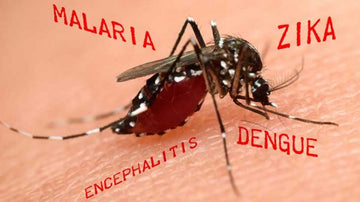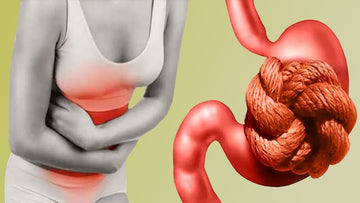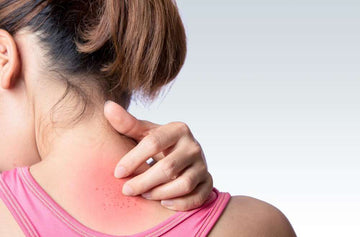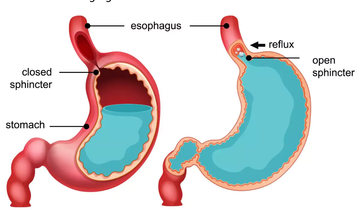What is Bulging Disc? How Ayurveda can Helps in Treating it Naturally?
by Dr Vaid Ji on Jul 22, 2024
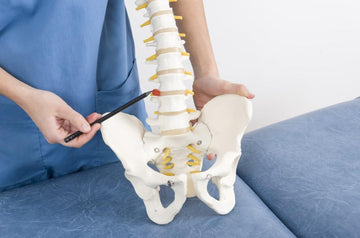
Stages of Disc Herniation:
1. Disc Degeneration: The discs start to deteriorate due to age or wear and tear, losing hydration and elasticity.2. Prolapse: The shape of the disc changes, causing a slight bulge.
3. Extrusion: The inner nucleus pulposus breaks through the annulus fibrosus but remains within the disc.
4. Sequestration: The nucleus pulposus breaks through the annulus fibrosus and moves outside the disc into the spinal canal.
Main Causes of Bulged Disc:
1. Aging: Degenerative changes in the spine due to age.2. Trauma: Injury to the spine from accidents or falls.
3. Repetitive Strain: Overuse or repetitive motions, especially lifting heavy objects improperly.
4. Obesity: Excess weight puts additional stress on the spine.
5. Sedentary Lifestyle: Lack of physical activity weakens the muscles supporting the spine.
6. Genetic Predisposition: Family history of disc problems.
7. Poor Posture: Slouching or improper alignment of the spine over time.
Ayurvedic Treatment for Bulged Disc:
Dr.Vaid Ji Advance Nerve up tablet is a herbo-mineral tablet and is purely ayurvedic formulation. Advance Nerve up tablets help in balancing the vata doshas. It reduces kapha dosha, and acts as nervine stimulant. It shows effective results in improving the central nervous system. It contains natural ingredients like trikatu,maha vaat Vidhivansak ras, etc. These contains natural vatahar properties and helps in curing vata diseases and hence strengthen all the nervous function of body.

Ayurveda aims to balance the doshas, reduce inflammation, and strengthen the spine and supporting muscles. The treatment focuses on pacifying Vata dosha, which is primarily responsible for pain and degeneration.
Panchakarma Treatments:
1. Abhyanga (Oil Massage):Regular massages with medicated oils like Mahanarayan oil, Kottamchukkadi oil, or Sahacharadi oil to reduce pain, stiffness, and inflammation.
2. Swedana (Sudation Therapy):
Use of steam or hot packs to relieve muscle tension and improve circulation in the affected area.
3. Basti (Medicated Enemas):
Vata-pacifying enemas using medicated oils or decoctions to reduce pain and inflammation.
4. Kati Basti:
A localized treatment where warm medicated oil is pooled over the lower back to nourish and strengthen the lumbar region.
5. Pizhichil:
A form of oil massage where warm medicated oil is poured over the body in a continuous stream, providing deep relaxation and pain relief.
6. Nasyam:
Administration of medicated oils or herbal preparations through the nasal passages to clear channels and reduce Vata dosha.
Herbal Remedies:
1. Ashwagandha (Withania somnifera):Strengthens muscles and reduces inflammation.
2. Guggulu (Commiphora mukul):
Anti-inflammatory properties help reduce pain and swelling.
3. Rasna (Pluchea lanceolata):
Relieves pain and inflammation in the joints and muscles.
4. Shallaki (Boswellia serrata):
Known for its anti-inflammatory effects.
Dietary Recommendations:
• Vata-Pacifying Diet: Include warm, moist, and easily digestible foods. Avoid cold, dry, and processed foods.• Hydration: Drink plenty of water to keep the discs hydrated.
• Anti-Inflammatory Foods: Incorporate turmeric, ginger, and garlic to reduce inflammation.
Lifestyle Modifications:
1. Regular Exercise: Gentle exercises like yoga and stretching to strengthen the back muscles and improve flexibility.2. Good Posture: Maintain proper posture while sitting, standing, and sleeping to reduce strain on the spine.
3. Ergonomic Support: Use supportive furniture and avoid prolonged sitting or standing.
4. Weight Management: Maintain a healthy weight to reduce stress on the spine.
Precautions:
1. Avoid Heavy Lifting: Do not lift heavy objects, and use proper techniques when lifting.2. Take Breaks: Avoid sitting or standing for long periods. Take breaks to move and stretch.
3. Supportive Shoes: Wear comfortable and supportive footwear.
4. Avoid High-Impact Activities: Refrain from activities that put excessive stress on the spine, such as running or jumping.
5. Regular Check-ups: Consult with a healthcare provider or Ayurvedic practitioner regularly to monitor progress and adjust the treatment plan.
Ayurvedic treatments aim to provide a holistic approach to managing a bulged disc by addressing the root causes, reducing symptoms, and promoting overall spine health. Working with a qualified Ayurvedic practitioner can help tailor the treatment plan to individual needs.
